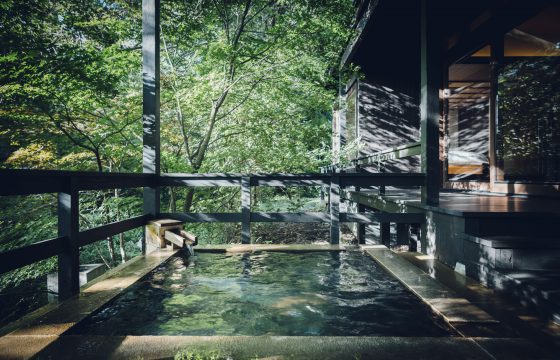Check the temperature and what to wear in the Aso and Kokonoe areas
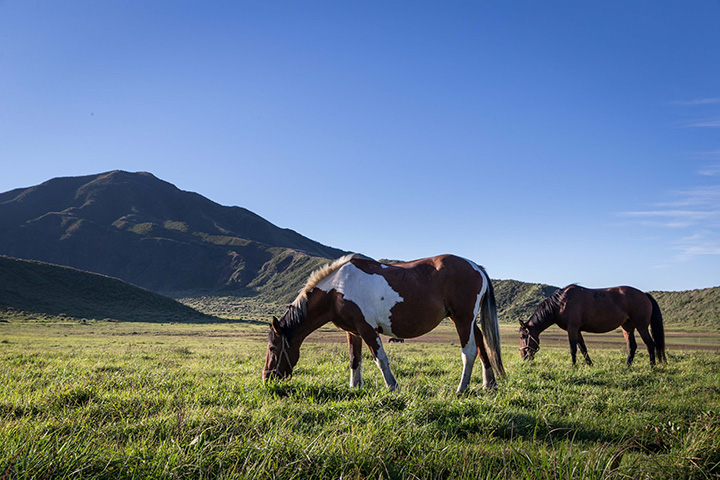
Aso-Kuju National Park is also certified as a Global Geopark. Aso City (Kumamoto Prefecture) and Kokonoe Town (Oita Prefecture) are located within this vast national park that straddles Kumamoto Prefecture and Oita Prefecture. The park is home to Mount Aso, one of the world's largest calderas, Kyushu's highest peak, Nakadake (1,791m), which still emits smoke, the Kuju mountain range, and Mount Yufu, all of which are unique landscapes created by volcanoes.
Aso city and Kokonoe town are at an altitude of about 400m to 1,000m. It is said that the temperature changes by 0.6℃ for every 100m, so there is a difference of about 3.6℃ between lowlands and highlands, so it is necessary to prepare clothes according to the altitude.
The climate is a typical mountain climate. Although the temperature is low and the annual temperature difference is small compared to the plains, there are large local weather changes and clouds and fog tend to appear frequently. Summers are cool and comfortable, while winters are bitterly cold.
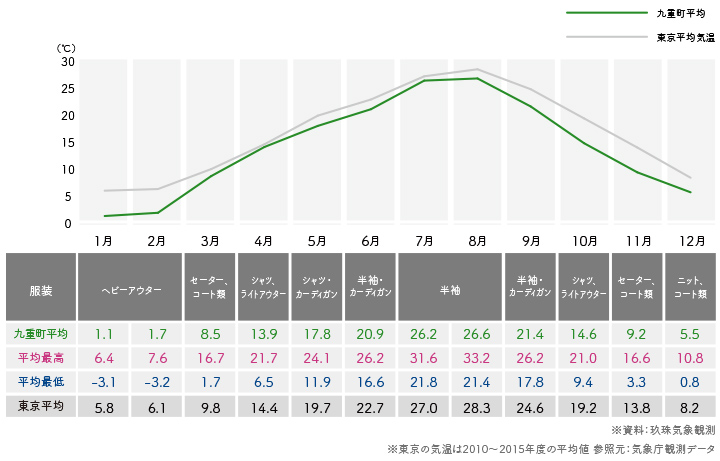
<Temperatures in the Aso and Kokonoe areas throughout the year and recommended clothing>
Hot spring ryokan
<Temperatures in the Aso and Kokonoe areas throughout the year and recommended clothing>
Spring (March to May) temperature and clothing in Aso City and Kokonoe Town

It's still cold in March, with the average temperature at 8.5°C. Spring in Aso Kuju National Park begins with field burning. From late February to early March, the dead winter grass is burned, leaving the grassland charred black, but soon grass sprouts and turns green.
Pretty flowers such as the Japanese violet and spring gentian begin to bloom in early April, and the weather really starts to feel like spring. In April and May, you can enjoy viewing wildflowers in the grasslands colored in yellow, pink, and purple amidst the fresh greenery, and the average maximum temperature is over 20°C. There are many sunny days, making it the perfect time to go out. You can get by in a long-sleeved shirt during the day, but as the sun goes down, the minimum temperature often drops below 10°C, so it's a good idea to bring a thick cardigan or a windbreaker with good thermal insulation.
Temperature and clothing for summer (June to August) in Aso City and Kokonoe Town
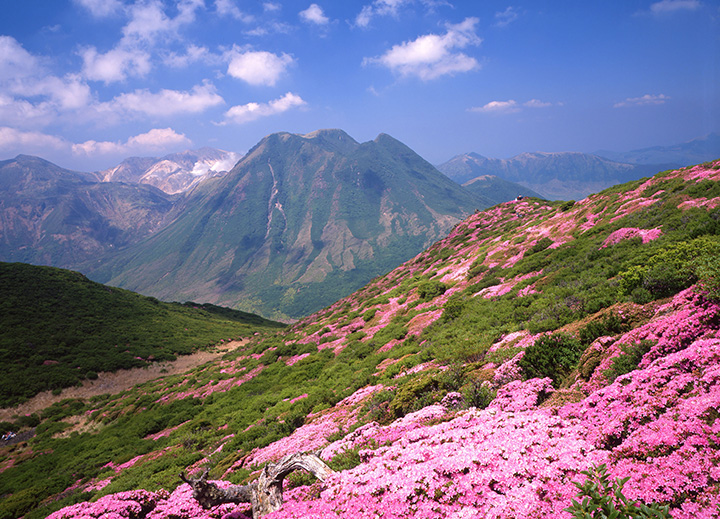
The Kuju Mountain Range, popular for summer mountain climbing, is open to the public in June. Many climbers visit to see the spectacular views of the mountainside dyed in bloom with the shrubs of azalea and Miyamakirishi. At 20.9°C, it is a comfortable time to wear a thin shirt. However, the rainy season begins at the beginning of the season, and the weather is changeable at high altitudes, so if it rains the temperature will drop suddenly. Be sure to bring rain gear with you, such as a thick parka and a waterproof/water-repellent windbreaker.
The average temperature in July and August is 26°C. The higher you go, the cooler it gets and the pleasant breeze on the plateau feels, but the sun is strong, so you'll need sunscreen and a hat. At an altitude of about 400m, the highest average temperature is over 30°C. There are many midsummer days, so short sleeves are sufficient.
Outdoor activities are popular in Aso City and Kokonoe Town in the summer. You can enjoy the great outdoors with activities such as mountain climbing, trekking, swimming in the river, camping, stargazing, and bathing in cold springs.
Temperature and clothing for Aso City and Kokonoe Town in autumn (September to November)

In September, the temperature difference between day and night can be as large as 15°C or more. The average temperature is 21.4°C. In the middle of the month, the number of days with a minimum temperature below 15°C increases, making it feel chilly. A thin long-sleeved shirt during the day in the beginning of the month, a sweatshirt in the middle of the month, and a jacket or knitted cardigan in the evenings will keep you comfortable.
The leaves begin to change color in early October. They start changing color near the mountain peak and move down to the base over the course of a month. Kyusuikyo Gorge, a famous spot for viewing autumn leaves, is painted in brilliant colors in late October. In November, the grasslands and marshes are filled with silvergrass fields and autumn leaves, and you can enjoy the sight of red cattle grazing on the golden grass at the pastures.
The average temperature during the autumn leaves season is 14.6°C in October and 9.2°C in November, gradually becoming colder. Even in October, it gets cold at night, so we recommend wearing the same early winter clothes as in November, such as a lined coat or scarf.
Temperature and clothing for winter (December to February) in Aso City and Kokonoe Town
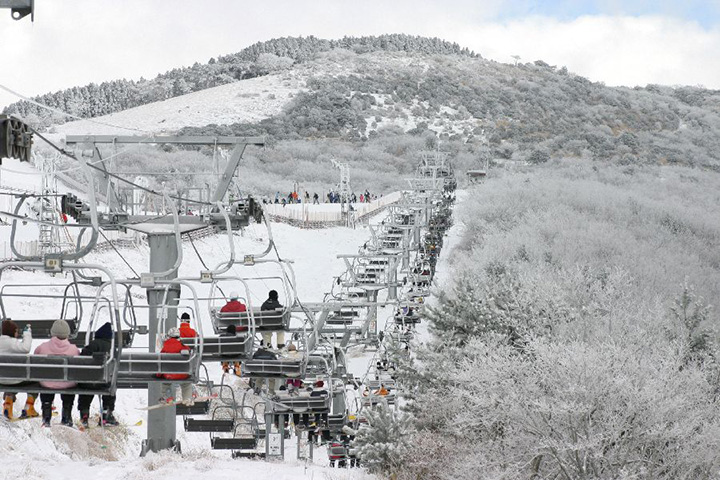
The first snowfall is usually observed on Mount Aso and the Kuju mountain range in mid-November. In December, more than 50cm of snow accumulates in places like Kusasenri and Kuju Plateau, turning the plateau area into a world of silver. Ski resorts open and become bustling with visitors. The average temperature is 5.5°C, and there are days when the lowest temperature drops below zero, so be sure to dress for the winter with warm innerwear, sweaters, down jackets, and other winter gear.
In the chilly months of January and February, the average minimum temperature drops to -3.1°C and the average temperature to the 3°C range. From late January to late February, Kokonoe Town is packed with events, including fireworks displays, ice festivals, and snowball fights. Enjoying the famous hot springs in the national park is also one of the best parts of winter.
If you are traveling by car, be sure to use snow tires or chains, and when going outside, be sure to take proper measures to protect yourself from the cold.
Hot spring ryokan
After enjoying sightseeing, spend some relaxing time surrounded by nature at a hot spring inn in Aso Kuju National Park.
Hoshino Resorts Hoshino Resorts KAI Aso
Immerse yourself in the natural beauty of the caldera
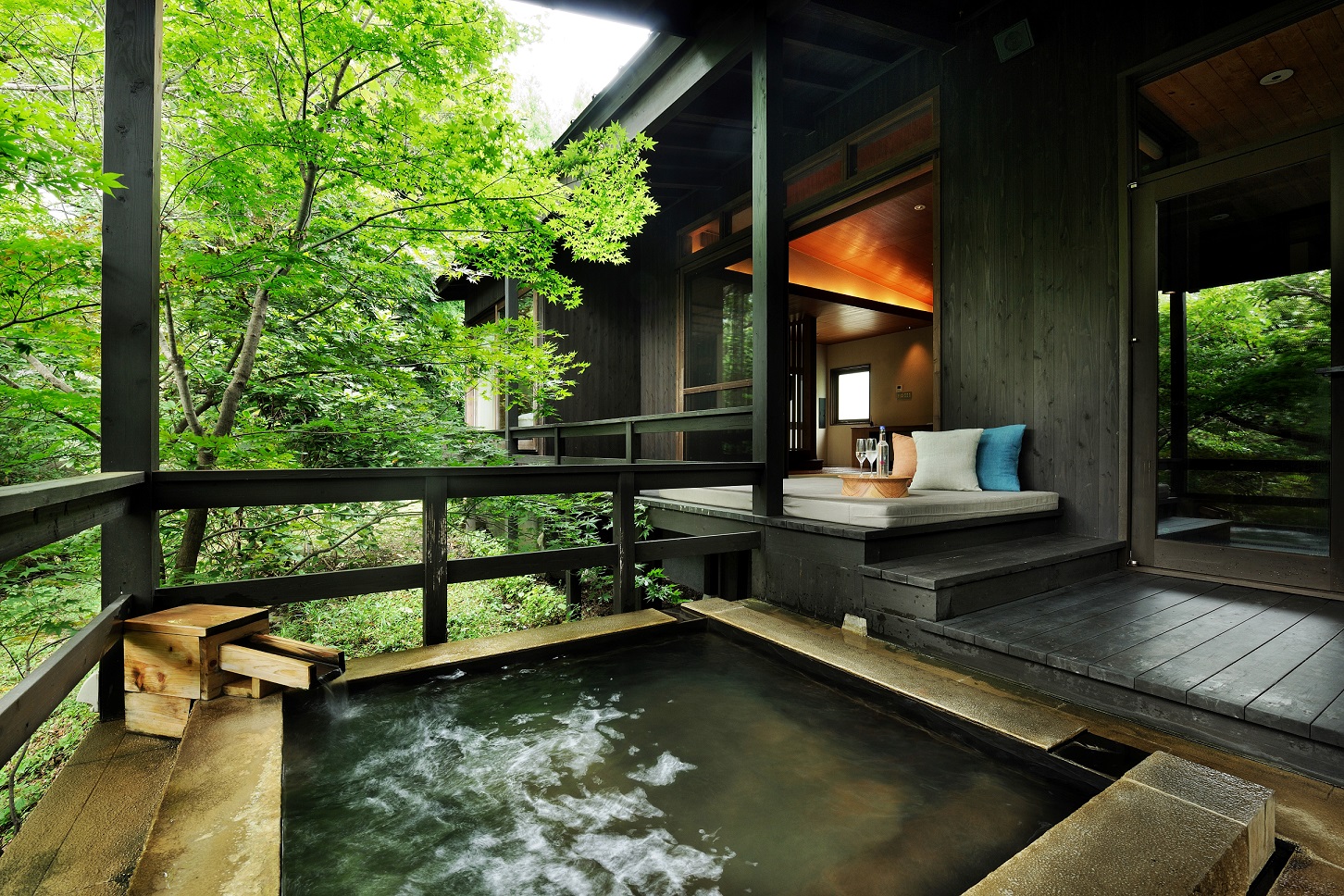
About 70 minutes by car from Aso Kumamoto Airport. Located in Aso Kuju National Park at an altitude of 1000m, Hot spring ryokan has just 12 detached buildings with Outdoor hot spring scattered across a 26,000m2 site. The Aso Caldera is one of the largest in the world. Guest room incorporate natural materials grown in the caldera as interior decor, such as tea utensils made from lava and tables made from Oguni cedar. You can spend a luxurious time bathing while listening to the birds singing, enjoying a Japanese KAI Local Flavors you can taste the bounty of the Kyushu earth, and Experience programs to learn about the charms of the caldera, freeing your mind and body surrounded by the great nature of Aso.
▼ Declaration of highest level of coronavirus prevention measures
At Hoshino Resorts Kai, we have taken two key steps to ensure that everyone can feel safe and secure: hygiene management and avoiding the 3 Cs. We have improved our existing services at all PropertyCOVID-19 CountermeasuresWe are implementing the following.
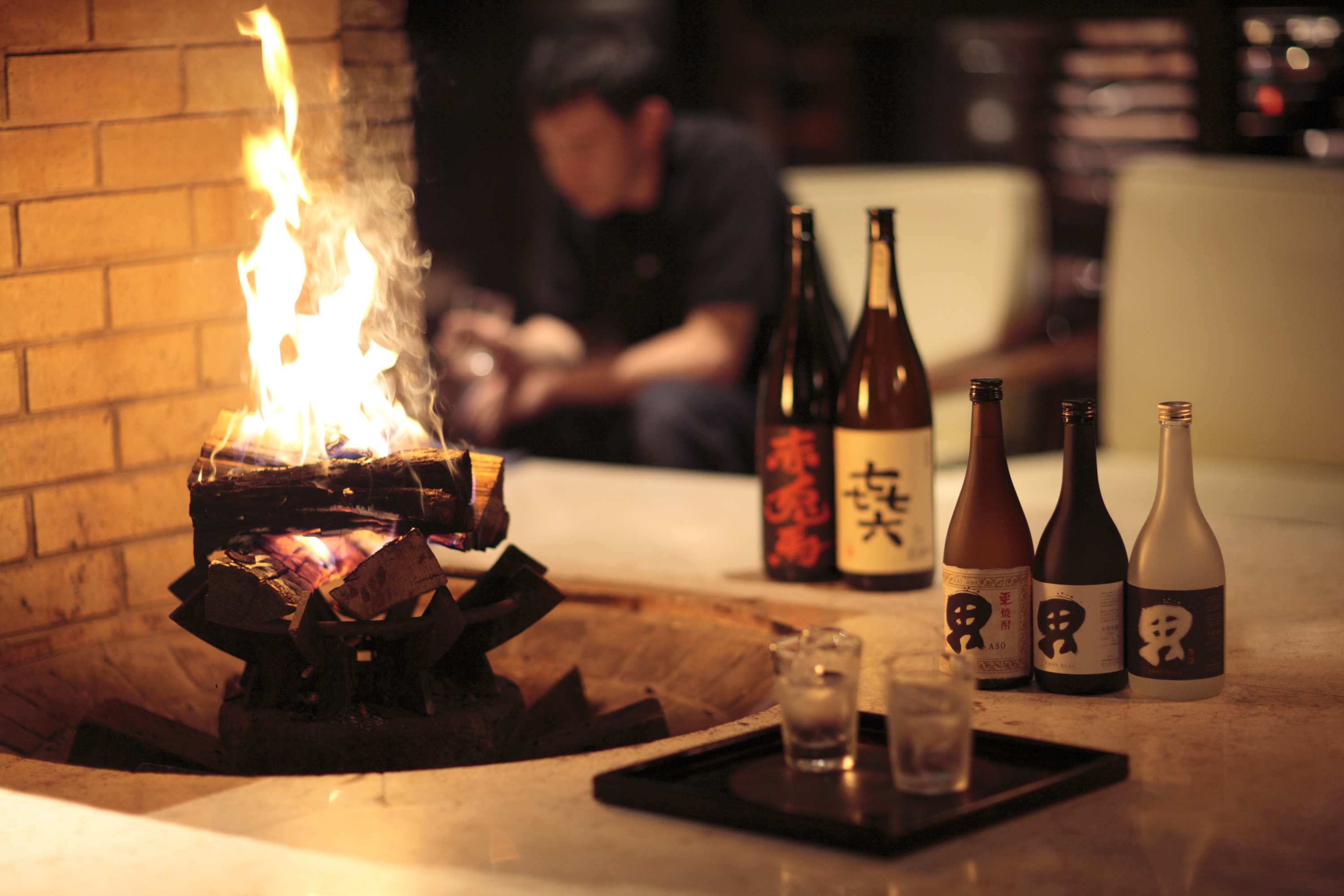
- Hoshino Resorts Hoshino Resorts KAI Aso
-
 https://kai-ryokan.jp/aso/
https://kai-ryokan.jp/aso/ 628-6 Senomoto, Yutsubo, Kokonoe Town, Kusu District, Oita Prefecture MAP
628-6 Senomoto, Yutsubo, Kokonoe Town, Kusu District, Oita Prefecture MAP
 Approximately 70 minutes by car from Aso Kumamoto Airport
Approximately 70 minutes by car from Aso Kumamoto Airport 0570-073-011 (Kai Reservation Center)
0570-073-011 (Kai Reservation Center) to exist
to exist Make a reservation here
Make a reservation here
Hoshino Resorts Hoshino Resorts KAI Aso Reservation Site
Hoshino Resorts Hoshino Resorts KAI Aso accommodation plan with airfare






